5 Tips for SEO Content Writing: How to Write for SEO and Your Audience
It's essential that today's content marketers learn how to write website content for SEO. But how? Here are the keys to successfully writing for SEO.
Writing website content for SEO is one of the major responsibilities for today’s content marketers and copywriters.
And yet, when it comes time to actually execute on all of that sweet SEO content writing, many content marketers and copywriters aren’t sure where or how to begin. Driving organic traffic is high on everyone’s to-do list: that’s how all the great content we're creating actually gets found by our audience.
So how can you make your content SEO friendly? Our in-house content marketingContent Marketing
Content marketing is a marketing discipline with the goal of increasing awareness and scope for products and brands in the desired target group with content published on the web and offline.
Learn more team has got you covered. Since more and more writing for SEO is the future of our roles as content marketers, we’re not going to leave you hanging.
(If you really want to dig into a heftier set of SEO guidelines for SEO content writing and all things content marketing, check out SEO 101: The Content Marketer’s Guide to SEO.)
How to Write SEO Content
Once you’ve found the primary right keyword, after completing keywordKeyword
A keyword is what users write into a search engine when they want to find something specific.
Learn more research for your piece of content, you need to think about its placement. This is a crucial step in successful SEO content writing. Effectively integrating a keyword into your content can drive traffic for years to come. And it provides the starting point of the outline for the rest of the piece
SEO Content Writing Tip #1: Include your keyword in an H1, H2, or H3 tag
When Google crawls your content, it’s looking to figure out the most important points you’re making. So what exactly is it looking at? One key attribute we know Google specifically examines is header tags. Including your keyword prominently in your header tags will let Google know that the keyword you’ve selected is the primary topic of your content. It reads it as table of contents, quickly understanding the structure of your piece and the prioritization of its content.
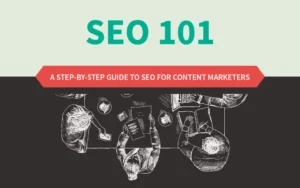
How to Write SEO Content
Once you’ve found the primary right keyword, after completing keyword research for your piece of content, you need to think about its placement. This is a crucial step in successful SEO content writing. Effectively integrating a keyword into your content can drive traffic for years to come. And it provides the starting point of the outline for the rest of the piece
SEO Content Writing Tip #1: Include your keyword in an H1, H2, or H3 tag
When Google crawls your content, it’s looking to figure out the most important points you’re making. So what exactly is it looking at? One key attribute we know Google specifically examines is header tags. Including your keyword prominently in your header tags will let Google know that the keyword you’ve selected is the primary topic of your content. It reads it as table of contents, quickly understanding the structure of your piece and the prioritization of its content.
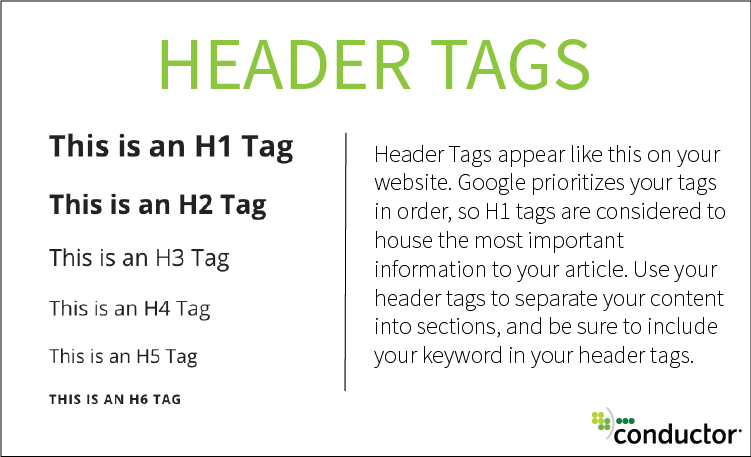
SEO Content Writing Tip #2: Seed your keyword and LSI terms in your content
Include your keyword and LSI terms where they make sense in your writing and only where they make sense. While you do want to include your keyword multiple times on the page, overusing a keyword in your content can hurt your content's chance of ranking (see more on Keyword Stuffing below).
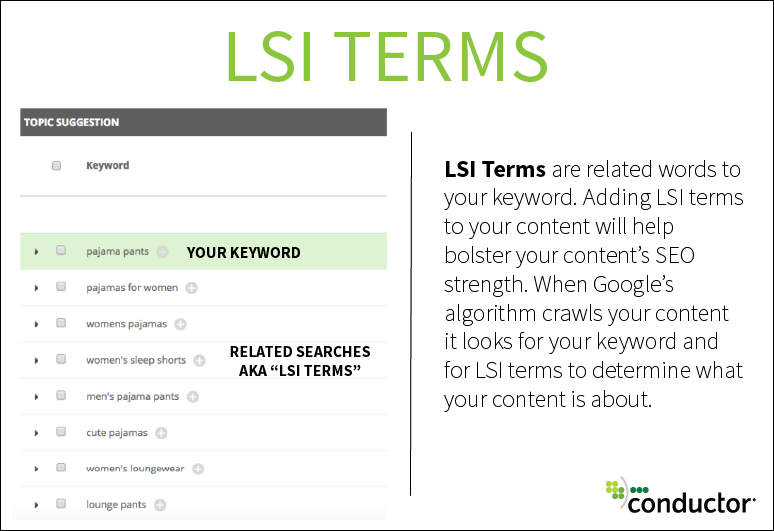
SEO Content Writing Tip #3: Update the alt tags on your images to include your keyword
If you include images in your content (and you should), make sure the keyword you’re targeting is in the alternative or alt text tags.
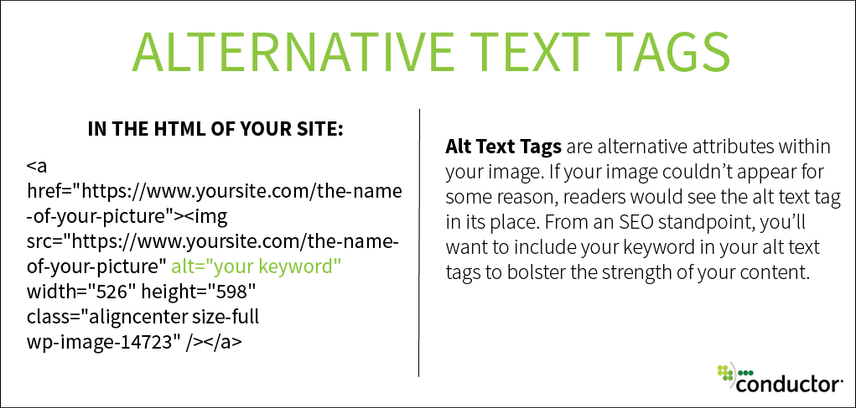
SEO Content Writing Tip #4: Don’t forget about your meta description
Meta descriptions are one of the few pieces of information a searcher has on hand—and right in front of them—when they’re deciding whether to click on your content or a different article in the SERP: that’s why. It, along with the title tag and URL, are your tools for marketing your content on the SERP.
So when they are carefully crafted and written for SEO, they play such a crucial role in driving good click-through rates. Good CTR, in turn, will boost your page's SEO rank.
Don't sleep on your meta descriptions. Including your primarily keyword, or popular variations of it, in your meta descriptionMeta Description
The meta description is one of a web page’s meta tags. With this meta information, webmasters can briefly sketch out the content and quality of a web page.
Learn more will signal to searchers that what you've written aligns with what they're searching for.
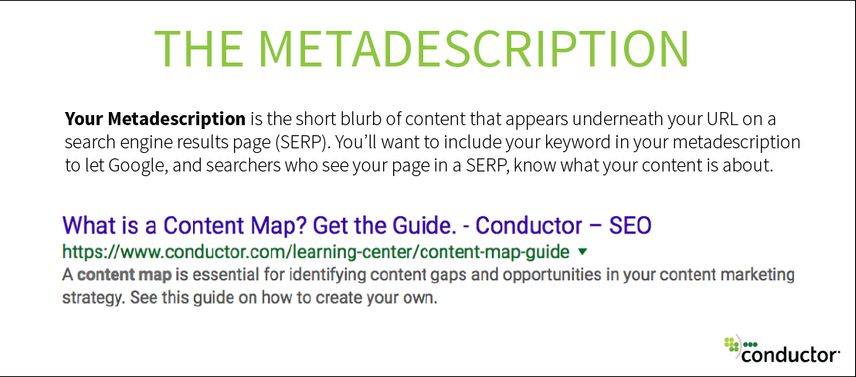
SEO Content Writing Tip #5: Include your keyword in your URL
You need to include your keyword in your URL, and, more specifically, you want to get your keyword as close to the root of your URL as possible (as close to your domain as possible – more on this in a second). If your keyword is a phrase, avoid using stop words in your URL (of, a, and, the, etc.).
Including your keyword as close to the front of your URL as possible will help bolster its SEO strength. Here's an example:

Do This: Find the Right Technology to Help You
There's a lot of great technology out there that can scan your content and tell you if it's optimized well. For any Wordpress users, Yoast is a great plug-in we recommend that can help you make sure your website content is optimized for search. If you're operating in a different CMS or in Google docs, search for a plugin you can download, and save yourself some time as you write.
Don't Do This: Keyword Stuffing
Back in the dark ages, SEOs used to try and game Google by stuffing as many keywords as possible into content, whether or not they made sense. And… it actually used to work.
Today, SEOs and content marketers alike know that you need to create high-quality content that answers the questions a searcher has when they turn to Google. That’s because real SEO is actually about optimizing for the person searching, not the search engineSearch Engine
A search engine is a website through which users can search internet content.
Learn more. Google will reward you by ranking your content if you’re using relevant keywords and optimizing your content so it can be found by the people who need it.
So, what about keyword stuffing? A big no-no.
How do you know whether or not you’re keyword stuffing? After you finish writing your content, search for the keyword by using a “search-and-find.” If your content lights up like a Christmas tree, you’ve probably overused your keyword.

As you become a master of SEO content writing, you will win the organic traffic your killer content deserves. Next, think about taking your content marketing to the next level by conducting a content audit. Here’s everything you need to know: The Content Marketing Audit: The Only 4 Steps You Need.







